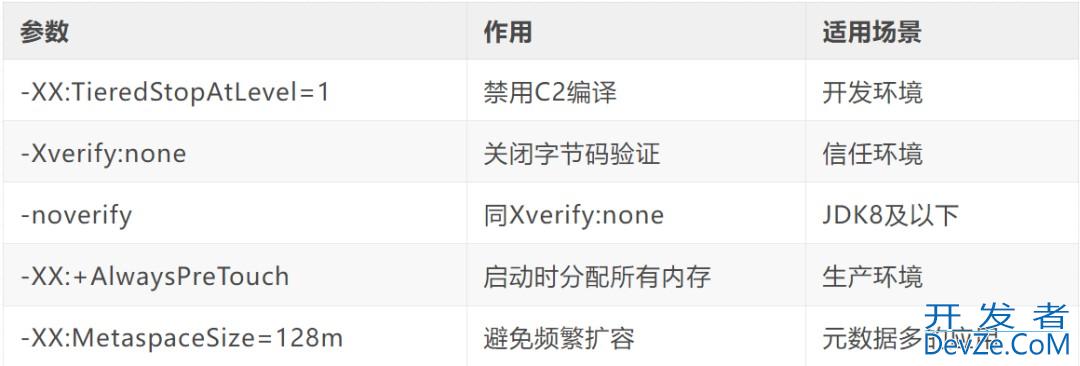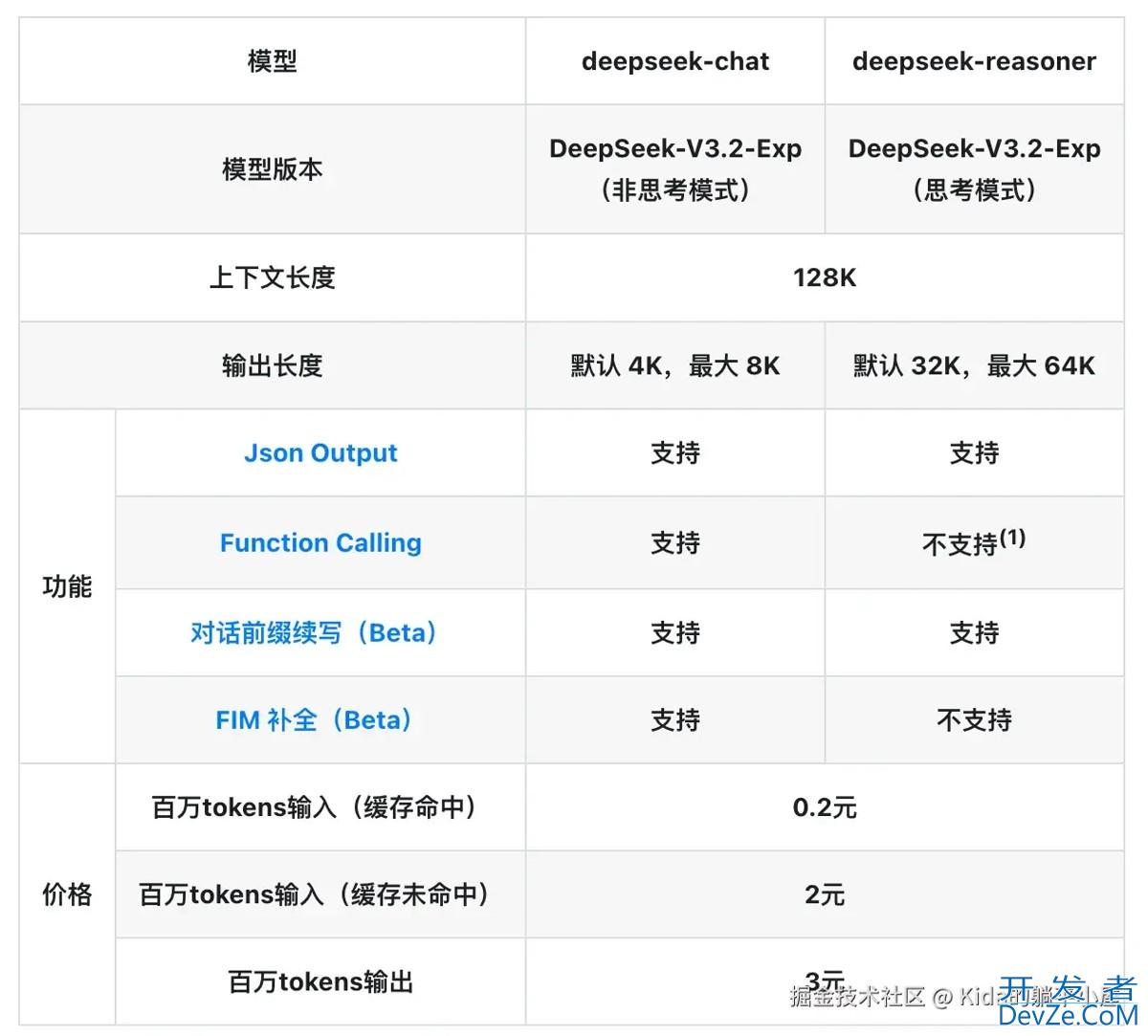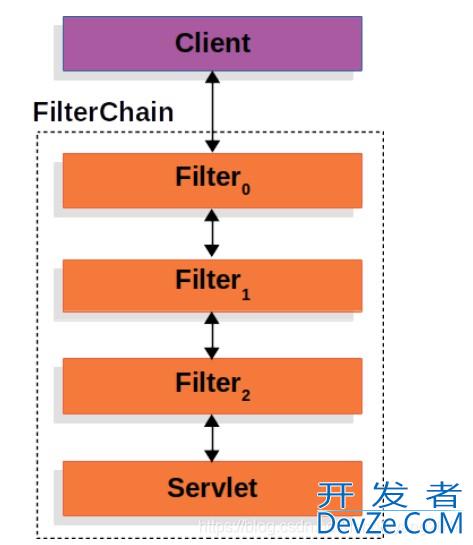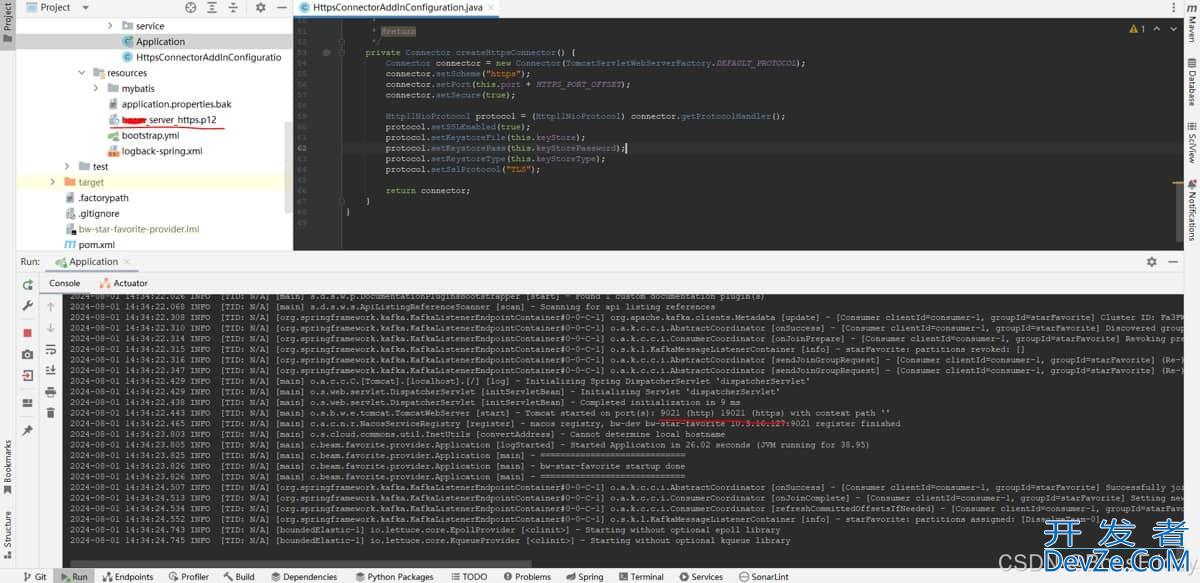目录
- 一、什么是存根文件(.pyi)?
- 二、为什么需要存根文件?
- 2.1 解决类型系统的关键挑战
- 2.2 性能优化
- 三、存根文件核心语法精要
- 3.1 基础结构规范
- 3.2 特殊语法规则
- 四、高级类型技术实践
- 4.1 泛型类型定义
- 4.2 函数重载精确声明
- 4.3 类型别名与透明类型
- 4.4 元组精确类型
- 五、典型应用场景实战
- 5.1 为C扩展模块添加类型
- 5.2 无类型第三方库的存根
- 5.3 解耦大型项目接口
- 六、使用工具生成存根
- 6.1 自动生成工具对比
- 6.2 使用stubgen生成基础存根
- 6.3 人工精修存根
- 七、IDE与工具链集成
- 7.1 PyCharm配置指南
- 7.2 VSCode优化配置
- 7.3 类型检查器配置
- 八、最佳实践原则
- 8.1 组织规范
- 8.2 发布到PyPI
- 九、疑难问题解决方案
- 9.1 常见错误处理
- 9.2 调试技巧
- 十、存根文件实战案例
- 10.1 Pandas扩展接口存根
- 10.2 Django模型字段扩展
- 10.3 FastAPI响应模型
- 结论
一、什么是存根文件(.pyi)?
存根文件(.pyi) 是python用于定义接口类型但不包含具体实现的特殊文件。它提供了一种独立于实现的类型定义方式,核心特点:
- 纯接口声明:只包含函数签名、类结构和变量类型注释
- 运行时忽略:Python解释器不会加载执行.pyi文件
- 类型检查器专用:供mypy、pyright等工具执行类型检查
- 三斜杠占位:使用
...替代具体实现代码
典型应用场景:
- 为C扩展模块添加类型提示
- 对无类型提示的第三方库提供类型支持
- 解耦大型项目的接口定义与实现
- 支持不同Python版本的类型兼容
# example.pyi - 接口定义
def process_data(data: list[dict]) -> pd.DataFrame: ... # 只有签名没有实现
class DatabaseConnection:
timeout: int = 10
def query(self, sql: str) -> list[tuple]: ...
二、为什么需要存根文件?
2.1 解决类型系统的关键挑战
- C扩展模块类型化(如NumPy,Pandas核心)
- 无类型库的集成支持(如requests,Django)
- 减少代码冗余(避免实现代码中的重复类型注解)
- 接口版本管理(独立管理接口变更)
2.2 性能优化
存根文件比普通.py文件:
- 加载速度快10倍以上
- 内存占用降低20-50倍
- 不触发不必要的模块初始化
三、存根文件核心语法精要
3.1 基础结构规范
# 模块级变量
API_URL: str
# 函数定义(无实现体)
def fetch_data(url: str, timeout: int = 5) -> bytes: ...
# 类定义(方法只有签名)
class DataProcessor:
cache_size: int = 100
def __init__(self, config: dict) -> None: ...
@staticmethod
def normalize(input: str) -> str: ...
def process(self, data: Iterable) -> list: ...
3.2 特殊语法规则
必须使用...替代实现体(不能是pass或其他)
# 正确 def calculate(a: int, b: int) -> float: ... # 错误 def calculate(a: int, b: int) -> float: pass # 不合法
允许未定义参数名(当参数名不重要时)
def encrypt(input: bytes, *, key: bytes) -> bytes: ... # 匿名参数
支持条件类型定义
if sys.version_info >= (3, 10):
from typing import ParamSpec
P = ParamSpec('P')
else:
P = TypeVar('P') # 向后兼容
四、高级类型技术实践
4.1 泛型类型定义
from typing import TypeVar, Generic
T = TypeVar('T')
K = TypeVar('K')
V = TypeVar('V')
class CustomDict(Generic[K, V]):
def __init__(self) -> None: ...
def __getitem__(self, key: K) -> V: ...
def __setitem__(self, key: K, value: V) -> None: ...
class TypedList(list, Generic[T]):
def append(self, item: T) -> None: ...
def first(self) -> T: ...
4.2 函数重载精确声明
from typing import overload @overload def pawww.devze.comrse(input: str) -> dict编程客栈: ... @overload def parse(input: bytes, encoding: str = "utf-8") -> dict: ... def parse(input): ... # 实际实现存在其他文件
4.3 类型别名与透明类型
UserId = int
Email = NewType('Email', str)
def register_user(name: str, contact: Email | UserId) -> None: ...
4.4 元组精确类型
Point2D = tuple[floatpaJvS, float] Point3D = tuple[float, float, float] def midpoint(a: Point2D | Point3D, b: Point2D | Point3D) -> Point2D | Point3D: ...
五、典型应用场景实战
5.1 为C扩展模块添加类型
# numpy.core.multiarray.pyi def array(obj: object, dtype: DtypeLike | None = None) -> ndarray: ...
5.2 无类型第三方库的存根
# requests.pyi
class Response:
status_code: int
text: str
def json(self) -> Any: ...
def get(url: str, params: dict | None = None, **kwargs) -> Response: ...
5.3 解耦大型项目接口
# database/interface.pyi
class AbstractConnection(Protocol):
def execute(self, sql: str, params: tuple = ...) -> Cursor: ...
# database/postgres.py - 实际实现
class PostgresConnection(AbstractConnection):
def execute(self, sql: str, params: tuple = ()) -> PG_Cursor: ...
六、使用工具生成存根
6.1 自动生成工具对比
| 工具 | 适用场景 | 优势 |
|---|---|---|
stubgen (mypy) | 已有Python项目 | 快速生成初稿 |
pyright | 完整项目分析 | 类型推断准确 |
monkeytype | 运行时跟踪 | 基于实际调用生成 |
6.2 使用stubgen生成基础存根
# 为整个包生成存根
stubgen -p requests -o ./stubs
# 目录结构示例
stubs/
requests/
__init__.pyi
api.pyi
sessions.pyi
6.3 人工精修存根
自动生成后需要人工调整:
- 添加缺失类型(工具标注为Any的字段)
- 删除私有成员(下划线开头的方法/属性)
- 完善泛型参数
- 验证重载准确性
七、IDE与工具链集成
7.1 PyCharm配置指南
自动识别存根:
// .idea/misc.XML <component name="PyStubPackages"> <package name="requests" path="$PROJECT_DIR/stubs/requests" /> </component>
重载存根缓存:File > Invalidate Caches
7.2 VSCode优化配置
// settings.json
{
"python.analysis.stubPath": "typings",
"python.analysis.useLibraryCodeForTypes": false
}
7.3 类型检查器配置
# mypy.ini [mypy] strict = true mypy_path = stubs/ [report] generated = true # 包含自动生成存根
八、最佳实践原则
- 分离接口与实现:保持.pyi文件独立实现
- 版本匹配:存根文件需与http://www.devze.com实现版本兼容
- 最小化声明:仅公开必要接口,不包含内部细节
- 一致性原则:命名、格式与实际代码保持一致
8.1 组织规范
project/
src/ # 实现代码
stubs/ # 存根目录
numpy/
__init__.pyi
pyproject.toml
mypy.ini
8.2 发布到PyPI
# 结构示例
mypackage-stubs/
package/
__init__.pyi
module1.pyi
py.typed
setup.cfg
# setup.cfg [metadata] name = mypackage-stubs version = 1.0.0
九、疑难问题解决方案
9.1 常见错误处理
| 错误信息 | 解决方案 |
|---|---|
Stub file not found | 检查路径配置或添加py.typed |
Incompatible with implementation | 同步存根与实际代码版本 |
Missing type parameters | 为泛型类指定参数(如list[str]) |
9.2 调试技巧
启用详细日志:
mypy --show-traceback --verbose program.py
检查类型传播:
reveal_type(some_variable) # mypy显示推断类型
十、存根文件实战案例
10.1 Pandas扩展接口存根
# custom_pandas.pyi import pandas as pd def read_bigquery(sql: str, project: str | None) -> pd.DataFrame: ... def to_feather(df: pd.DataFrame, path: PathLike) -> None: ...
10.2 Django模型字段扩展
# fields.pyi
from django.db.models import Field
class EncryptedField(Field):
def __init__(self, key: str | bytes, *args, **kwargs) -> None: ...
def deconstruct(self) -> tuple[str, str, list, dict]: ...
10.3 FastAPI响应模型
# responses.pyi
from pydantic import BaseModel
class APIResponse(BaseModel):
succesjavascripts: bool
data: object | None
error: dict | None = None
结论
Python的存根文件系统是大型专业项目不可或缺的基础设施。通过本文学习,您将掌握:
- 编写符合规范的.pyi文件技巧
- 解决第三方库类型缺失的通用方案
- 提升IDE对项目代码的理解能力
- 构建可维护的接口定义体系
存根文件让Python在保持动态语言灵活性的同时,获得了接近静态语言的开发体验和可靠性。
到此这篇关于Python 存根文件(.pyi)简介与实战案例及类型提示的高级指南的文章就介绍到这了,更多相关Python 存根文件内容请搜索编程客栈(www.devze.com)以前的文章或继续浏览下面的相关文章希望大家以后多多支持编程客栈(www.devze.com)!







 加载中,请稍侯......
加载中,请稍侯......
精彩评论